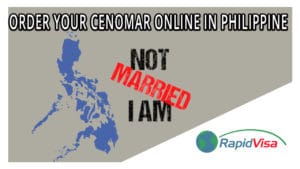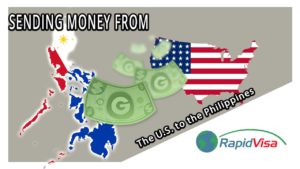When arriving at an airport, the airline will give all travelers some documents to complete while still en route to the United States. All travelers are required to complete a Customs Declaration form 6059B. Those travelers who are non-United States citizens and are requesting admission to the United States with a Visa will be given the Form I-94 (white), Arrival/Departure Record to complete. Those travelers who obtained authorization to travel via the Electronic System for Travel Authorization will not need to complete any additional forms. For more information on ESTA visit the Electronic System for Travel Authorization page. http://www.cbp.gov/xp/cgov/travel/id_visa/esta/
Upon arrival, the airline personnel will show you to the inspection area. You will queue up in an inspection line and then speak with a CBP officer. If you are a U.S. citizen, special lines may be available to you. If you are not a U.S. citizen, you should use the lanes marked for non-citizens. If you are a U.S. citizen, the officer will ask you for your passport and Customs Declaration form, verify your citizenship, and welcome you back to the United States. You may be asked to proceed to a second screening point with your belongings for additional questioning by CBP Officers. If you are a U.S. citizen, the officer will ask you for your passport, verify your citizenship, and then welcome you back to the United States.
You will then proceed to the Customs inspection area. If you are an alien, the CBP Officer must determine why you are coming to the United States, what documents you may require, if you have those documents, and how long you should be allowed to initially stay in the United States. These determinations usually take less than one minute to make. If you are allowed to proceed, the officer will stamp your passport and customs declaration form and issue a completed Form I-94 to you. A completed form I-94 will show what immigration classification you were given and how long you are allowed to stay. Also, If you are an alien, CBP Officers may decide that you should not be permitted to enter the United States.
There are many reasons why this might happen (see INA § 212(a)). You will either be placed in detention, or temporarily held until return flight arrangements can be made. If you have a visa, it may be cancelled. In certain instances, Officer(s) may not be able to decide if you should be allowed into the United States. In this case, your inspection may be deferred (postponed), and you will be instructed to go to another office located near your intended destination in the United States for further processing.
Source: http://www.cbp.gov/


